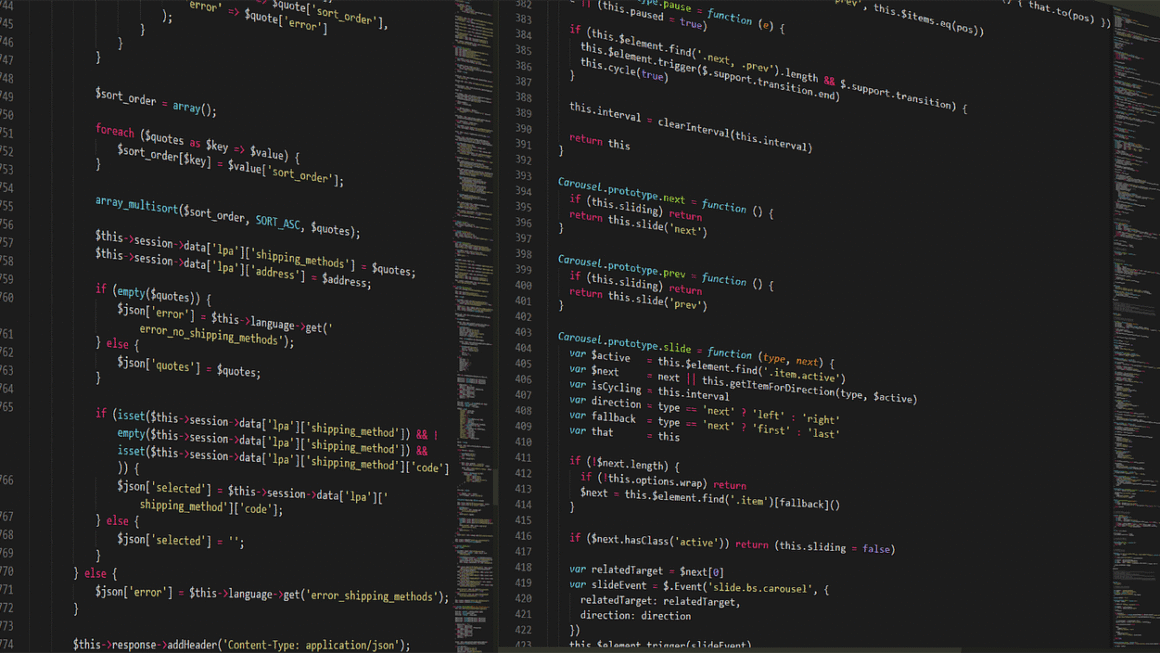Operating systems are the unsung heroes of our digital lives, the fundamental software that bridges the gap between us and the hardware we interact with daily. From the smartphones in our pockets to the powerful servers that power the internet, operating systems are working tirelessly behind the scenes, managing resources, executing applications, and ensuring smooth operation. But what exactly is an operating system, and why is it so crucial? Let’s dive in and explore the fascinating world of operating systems.
What is an Operating System (OS)?
Defining the Operating System
An operating system (OS) is system software that manages computer hardware and software resources and provides common services for computer programs. Think of it as the conductor of an orchestra, ensuring that all the different instruments (hardware and software) play together harmoniously. Without an OS, a computer would be nothing more than a collection of inert components.
Key Functions of an Operating System
The OS performs several crucial functions, including:
- Resource Management: Allocating resources like CPU time, memory, and storage to various programs.
- Hardware Abstraction: Providing a layer of abstraction between applications and hardware, allowing developers to write code that works across different hardware configurations.
- File System Management: Organizing and managing files and directories on storage devices.
- User Interface (UI): Providing a way for users to interact with the computer, either through a command-line interface (CLI) or a graphical user interface (GUI).
- Security: Protecting the system from unauthorized access and malicious software.
- Process Management: Managing the execution of programs, scheduling them for execution, and allocating resources.
- Networking: Providing support for network communication.
Example: The OS at Work
Imagine you’re opening a document on your computer. The OS is responsible for:
Types of Operating Systems
Batch Operating Systems
- Description: Processes jobs in batches without direct user interaction. Primarily used for large, repetitive tasks.
- Example: Payroll processing, data analysis.
- Advantage: Efficient for processing large volumes of similar tasks.
- Disadvantage: Lack of interactivity.
Time-Sharing Operating Systems
- Description: Allows multiple users to share computer resources simultaneously by allocating time slices to each user.
- Example: Mainframe computers, servers.
- Advantage: Increased resource utilization and reduced response time for users.
- Disadvantage: Complex scheduling algorithms required.
Real-Time Operating Systems (RTOS)
- Description: Designed for applications that require immediate responses and precise timing.
- Example: Industrial control systems, medical devices, automotive systems.
- Advantage: Guaranteed response times and high reliability.
- Disadvantage: Limited resource availability and complex development.
Distributed Operating Systems
- Description: Manages a group of independent computers and makes them appear as a single system.
- Example: Cloud computing, scientific simulations.
- Advantage: Increased scalability and fault tolerance.
- Disadvantage: Complex communication and synchronization.
Mobile Operating Systems
- Description: Designed for mobile devices like smartphones and tablets, focusing on touch-based interfaces and power efficiency.
- Example: Android, iOS.
- Advantage: User-friendly interface and optimized for mobile devices.
- Disadvantage: Limited resources and security concerns.
Popular Operating Systems
Windows
- Description: Developed by Microsoft, the most widely used desktop operating system.
- Key Features: GUI-based, wide software compatibility, extensive hardware support.
- Strengths: Ease of use, large software library, regular updates.
- Weaknesses: Susceptible to malware, resource-intensive.
macOS
- Description: Developed by Apple, known for its user-friendly interface and integration with Apple hardware.
- Key Features: GUI-based, strong security features, smooth performance.
- Strengths: Intuitive interface, robust security, optimized for Apple hardware.
- Weaknesses: Limited hardware compatibility, higher cost.
Linux
- Description: An open-source operating system known for its flexibility and customization options.
- Key Features: Open-source, highly customizable, command-line interface, server-focused, but available for desktops also.
- Strengths: Open-source, high stability, excellent security, vast community support.
- Weaknesses: Steeper learning curve, potential compatibility issues. Linux powers a vast majority of web servers.
Android
- Description: Developed by Google, the most popular mobile operating system globally.
- Key Features: Open-source, touch-based interface, wide app selection, customizable.
- Strengths: Open-source, large app ecosystem, versatile hardware support.
- Weaknesses: Fragmentation across devices, potential security vulnerabilities.
iOS
- Description: Developed by Apple, used on iPhones, iPads, and iPods.
- Key Features: Touch-based interface, strong security features, seamless integration with Apple services.
- Strengths: User-friendly interface, robust security, optimized for Apple hardware.
- Weaknesses: Limited customization options, closed-source ecosystem.
Operating System Architectures
Monolithic Kernel
- Description: All OS services run in kernel space, providing high performance but increased complexity.
- Example: Linux, older versions of Windows.
- Advantages: High performance, direct access to hardware.
- Disadvantages: Large kernel size, difficult to maintain, a crash can bring down the entire system.
Microkernel
- Description: Minimal kernel provides basic services; other services run in user space, enhancing modularity and security.
- Example: QNX, Minix.
- Advantages: Improved security, modularity, easier to maintain.
- Disadvantages: Lower performance due to inter-process communication overhead.
Hybrid Kernel
- Description: Combines features of monolithic and microkernels, balancing performance and modularity.
- Example: Windows NT, macOS.
- Advantages: Good balance of performance and modularity.
- Disadvantages: Complexity in design and implementation.
Exokernel
- Description: Provides minimal abstraction, allowing applications to have direct access to hardware, maximizing flexibility and performance.
- Example: Nemesis, Xok.
- Advantages: Maximum flexibility and performance.
- Disadvantages: Requires more expertise from developers.
Future Trends in Operating Systems
Cloud Operating Systems
- Description: OS functions are delivered as a service over the cloud, allowing users to access resources remotely.
- Example: Chrome OS, CloudReady.
- Trend: Growing adoption due to increasing reliance on cloud services.
Serverless Computing
- Description: OS focuses on executing individual functions without managing underlying infrastructure.
- Example: AWS Lambda, Azure Functions.
- Trend: Popular for microservices and event-driven applications.
Containerization
- Description: OS supports running applications in isolated containers, improving portability and efficiency.
- Example: Docker, Kubernetes.
- Trend: Widespread adoption for application deployment and management.
IoT Operating Systems
- Description: OS designed for low-power, resource-constrained IoT devices.
- Example: FreeRTOS, Zephyr.
- Trend: Increasing demand due to the proliferation of IoT devices.
Conclusion
Operating systems are the cornerstone of modern computing, managing hardware and software resources to provide a seamless user experience. Understanding the different types of operating systems, their architectures, and their key features is essential for anyone working with computers, from developers to end-users. As technology continues to evolve, so too will operating systems, adapting to new challenges and opportunities. By staying informed about the latest trends, we can better leverage the power of operating systems to achieve our goals.




